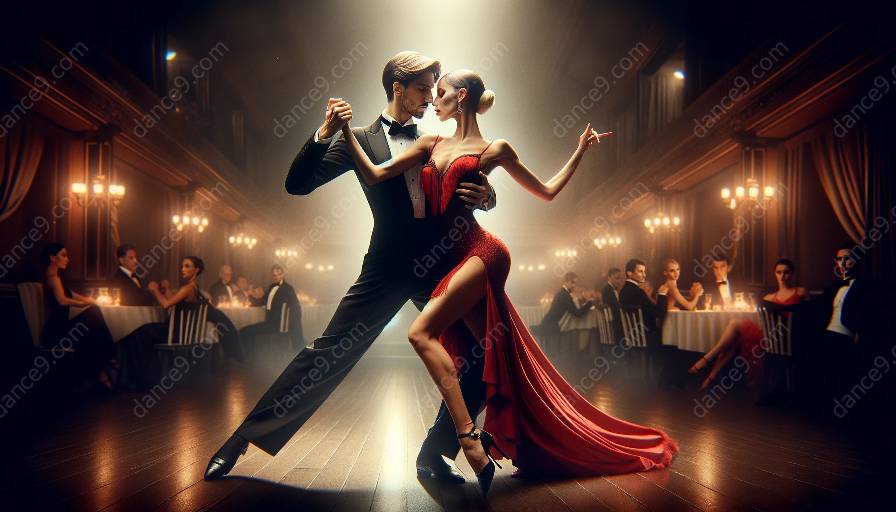Tango is a captivating dance genre that embodies elegance, passion, and intricate movements. It has a rich history and cultural significance, and its stylistic elements define its unique identity as a dance form. Exploring these elements can enhance the understanding and appreciation of tango, especially in the context of dance classes.
The Origins and Evolution of Tango
Tango originated in the working-class neighborhoods of Buenos Aires, Argentina, in the late 19th century. It reflects the melting pot of cultural influences, including African, European, and indigenous traditions, that shaped the vibrant city of Buenos Aires. Over time, tango evolved into a sophisticated and nuanced dance form, gaining popularity worldwide for its emotional depth and expressive movements.
1. Embrace and Connection
One of the defining stylistic elements of tango is the embrace, which serves as the foundation for the connection between dance partners. Unlike many other dance styles, tango involves a close and intimate embrace, creating a sense of unity and mutual understanding between the dancers. The embrace is often characterized by a subtle tension and responsiveness, allowing for seamless communication through intricate movements.
2. Intricate Footwork
Tango is renowned for its intricate and precise footwork, which is essential for conveying the dynamic rhythms and emotions of the music. The footwork in tango involves precise weight shifts, intricate patterns, and intricate embellishments, all of which contribute to the captivating visual spectacle of tango dancing. Mastery of footwork is a key focus in tango dance classes, as it requires coordination, balance, and agility.
3. Expressive Movements and Posture
Expressive movements and posture are central to the stylistic essence of tango. From dramatic lunges to subtle pivots, tango movements are designed to convey a range of emotions, from passion and longing to sensuality and playfulness. Furthermore, tango posture emphasizes an upright and elegant stance, with confident yet fluid movements that exude grace and poise. In tango dance classes, instructors emphasize the importance of body posture and expressive movements as fundamental elements of the dance.
4. Musicality and Interpretation
Tango is inseparable from its musical accompaniment, and dancers must demonstrate a deep understanding of the music to convey its nuances through their movements. The musicality of tango encompasses rhythm, melody, and mood, and dancers interpret these elements through their choreography and improvisation. Tango dance classes incorporate musicality training to help students develop a strong connection with the music and refine their interpretive skills.
5. Sensuality and Passion
At the heart of tango lies a captivating blend of sensuality and passion. The dance embraces intense emotions and allows dancers to express their deepest feelings through movement. The intense connection between dance partners, coupled with the evocative music, creates an atmosphere of raw emotion and sensuality that defines tango. Such passion is cultivated and celebrated in tango dance classes, fostering an understanding of the dance's emotional depth and intensity.
The Influence of Cultural Context
It's important to recognize that the stylistic elements of tango are deeply intertwined with cultural context, reflecting the social, historical, and emotional landscape of Buenos Aires and beyond. Understanding the cultural underpinnings of tango enhances the appreciation of its stylistic elements and enriches the dance experience for both performers and spectators.
Conclusion
The stylistic elements that define tango as a dance genre encompass a rich tapestry of tradition, emotion, and artistic expression. In the context of dance classes, these elements serve as the building blocks for cultivating a deeper understanding and proficiency in tango. By delving into the embrace, footwork, movements, musicality, and emotional depth of tango, dancers can truly capture the essence of this mesmerizing dance form.













































































